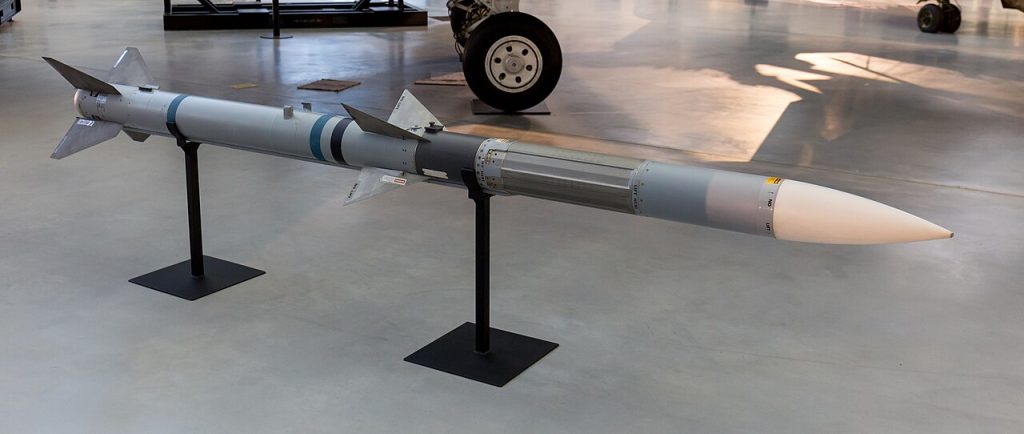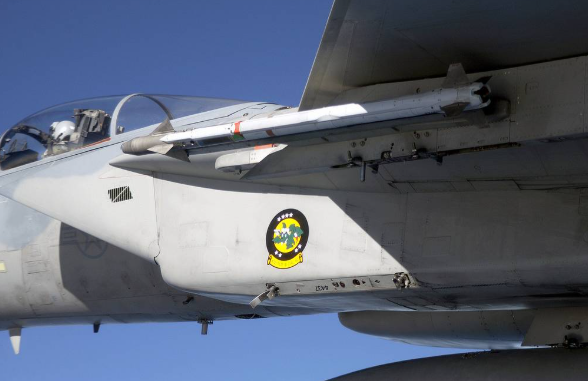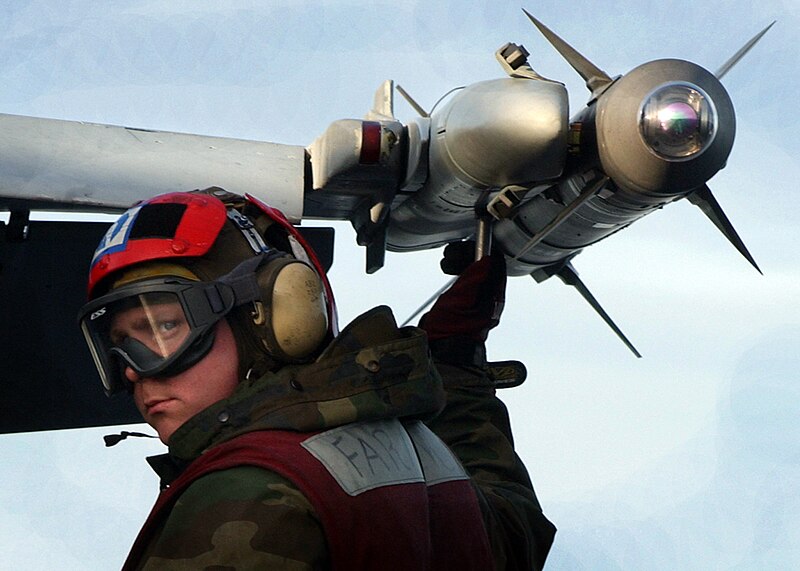
“These things may not be quite as exquisite, but we can produce them in high volumes at relatively low cost.” That comment from retired Gen. James Slife, the former Vice Chief of Staff of the Air Force, captures a growing shift in U.S. weapons procurement philosophy. The latest manifestation of that shift is the Counter-Air Missile Program, or CAMP, an ambitious effort to field a new class of anti-air interceptors that cost less than $500,000 each and can be produced at rates exceeding 1,000 units annually.
The US Air Force would balance sheer volume with capability in a world where adversaries are fielding swarms of drones, cruise missiles, and advanced aircraft. CAMP builds upon frameworks proven in low-cost cruise missile programs by seeking to deliver a modular, open-architecture system that can grow and evolve rapidly yet affordably. For defense industry professionals, this is far more than just one missile-this is about reshaping industrial capacity, modernizing acquisition timelines, and upping the economics of air defense.

1. Defining the $500K Missile Threshold
CAMP’s $500,000 cost cap per all-up round puts it in league with the latest AIM-9X Sidewinder in price but well below the AIM-120 AMRAAM’s ~$1 million unit cost. The scale implied by the Air Force’s target production rate of between 1,000 to 3,500 missiles annually is more toward munitions replenishment for sustained conflict rather than boutique procurement. A price-performance trade-off in this regard has been a deliberate choice to ensure “affordability and producibility” rather than the pursuit of “exquisite” state-of-the-art performance.

2. Ground-Launch First, Air-Launch Later
The program’s phased approach features the ground-launched configuration, which, once more, serves as a path for risk reduction allowing rapid design maturation and subsystem testing to take place before an air-to-air variant. The contracting notice went on to say that this ground-launched variant will be used as an Enterprise Test Vehicle (ETV), integrating eventual components in realistic environments without the cost of a full Program of Record weapon.

3. Leveraging the M-Series Modular Playbook
The CAMP is directly related to the “Modular Weapon M-Series” approach from the Armament Directorate, which balances performance with affordability, modularity, and producibility. Among the key requirements, open architecture and digital-first design tools will ensure that changes in one subsystem do not require major redesigns of the others; similarly, government ownership of technical data rights, competitive sourcing, and export-friendly configurations are mentioned.

4. Lessons from AIM-9X and AMRAAM
However, the AIM-9X and AIM-120 remain the U.S. military’s primary air-to-air missiles, produced at maximum annual rates of 2,500 and 1,200 units yearly, respectively. Higher planned output from CAMP could fill gaps in stockpile depth and provide a cost-effective alternative for certain threat sets. The Air Force experience with these missiles-both in performance and industrial base constraints-shapes the goals regarding affordability and scalability for CAMP.

5. Counter-Drone and Short-Range Interceptor Parallels
That puts CAMP into a higher class of short-range interceptors, such as Raytheon’s Coyote Block 2, which has seen service in drone defense roles. Systems using APKWS II rockets in counter-UAS roles are far cheaper per shot but have very limited range and target set; CAMP would fall somewhere in between those low-cost interceptors and multimillion-dollar Patriot-class systems.

6. Industrial Base Expansion via ETV
The ETV program, which CAMP draws on heavily, has already reached out to non-traditional suppliers such as Anduril and Zone 5 Technologies. Slife highlighted ETV’s potential “to expand our industrial base into non-traditional suppliers that perhaps have not historically been large-scale munitions producers.” This diversification is important to reach high-rate production levels and avoid bottlenecks in traditional defense manufacturing.

7. ERAM and Foreign Military Sales Influence
The Extended Range Attack Munition program provides a relevant precedent. Ukraine’s recently approved purchase of up to 3,350 ERAM missiles from U.S. vendors demonstrates that low-cost, scalable designs can be delivered for allied needs at pace. CAMP’s exportability requirement suggests similar pathways for foreign military sales in the context of strengthening allied air defense networks.

8. Shelf Life and Stockpile Realities
Missiles are perishable assets, with solid-fuel propellant and on-board batteries dictating service life–usually 10 to 20 years. As Sandboxx News noted, if the AIM-9X has a 20-year service life, then those very early production units are already aging out. High-volume, lower-cost systems like CAMP will help replace expiring stockpiles without straining budgets and ensure readiness during prolonged conflicts.

9. Strategic Drivers: Red Sea, Israel, Ukraine
Recent operations against Iranian-backed Houthis in the Red Sea, defense of Israel against direct Iranian attacks, and Ukraine’s ongoing conflict with Russia have highlighted the need for affordable mass munitions. CAMP aligns with a Pentagon-wide push to overhaul acquisition processes and open up production pipelines, preparing for potential high-end fights where missile expenditure rates could be unprecedented.
More than a missile, CAMP represents a test case for how the and its partners can rethink air defense procurement in the face of both evolving threats and industrial realities. By marrying modular design, open architecture, and aggressive cost and production targets, the program promises to yield a weapon that is both strategically flexible and economically sustainable. For defense technology professionals, success might signal a broader transformation in the way affordable mass is achieved across the munitions spectrum.


